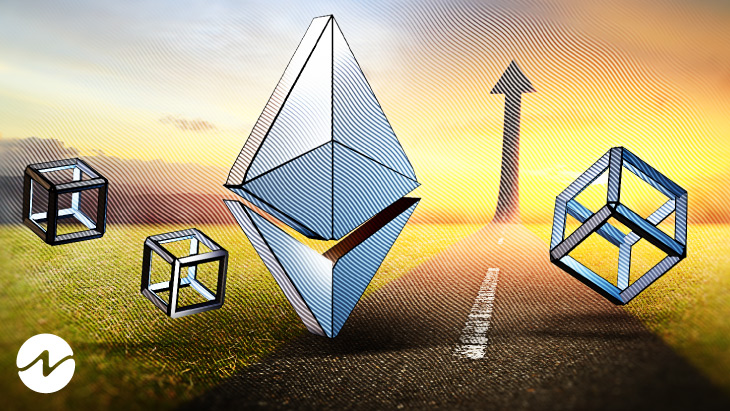- Only 65 percent of node operators and miners were completely prepared for the update.
- The update requires node operators and miners to update to the most recent version.
Ethereum, the world’s biggest smart contract platform, has released a significant fresh update. It is named “Gray Glacier,” and it took place on June 30 at block 15,050,000 with the sole purpose of altering the network’s difficulty bomb settings, delaying it by 700,000 blocks (approximately 100 days). The Gray Glacier upgrade is a network hard fork, requiring node operators and miners to update to the most recent version of their Ethereum clients to take advantage of the new rules created.
A blog post by the Ethereum Foundation earlier this month said:
“If you are using an Ethereum client that is not updated to the latest version, […] your client will sync to the pre-fork blockchain once the upgrade occurs.”
Difficulty Bomb Feature of Ethereum Network
As a result, users who have not updated to the latest version of the Ethereum blockchain will be unable to transmit transactions or perform any other operations on the post-upgrade network. Moreover, just 65 percent of node operators and miners were completely prepared for the Gray Glacier update, according to Ethernodes statistics. Only Erigon, the network’s second-largest customer, had all 164 of its users updated.
The most used client on the network, Geth, was just 67% prepared, and as many as 448 users were still using out-of-date software. Nethermind and Besu had 76% and 78% of their customers updated, respectively. In order to discourage miners from continuing to mine Ethereum (ETH), the network’s native currency.,the difficulty bomb, which has been a feature of Ethereum from day one of its existence, is a piece of code responsible for exponentially increasing mining difficulty.
Recommended For You:
Despite Difficulties Ethereum Merger on Sepolia Testnet Expected by July 6








